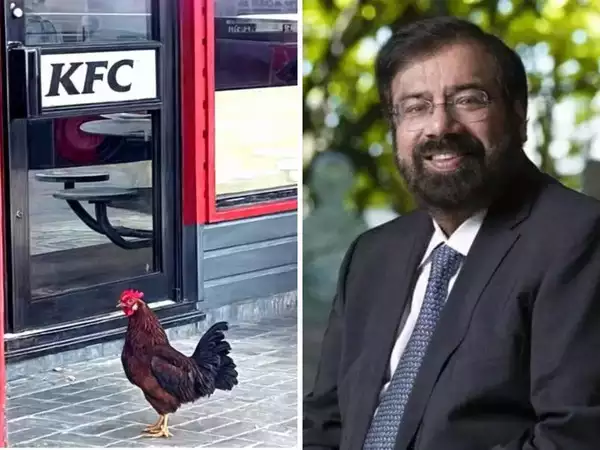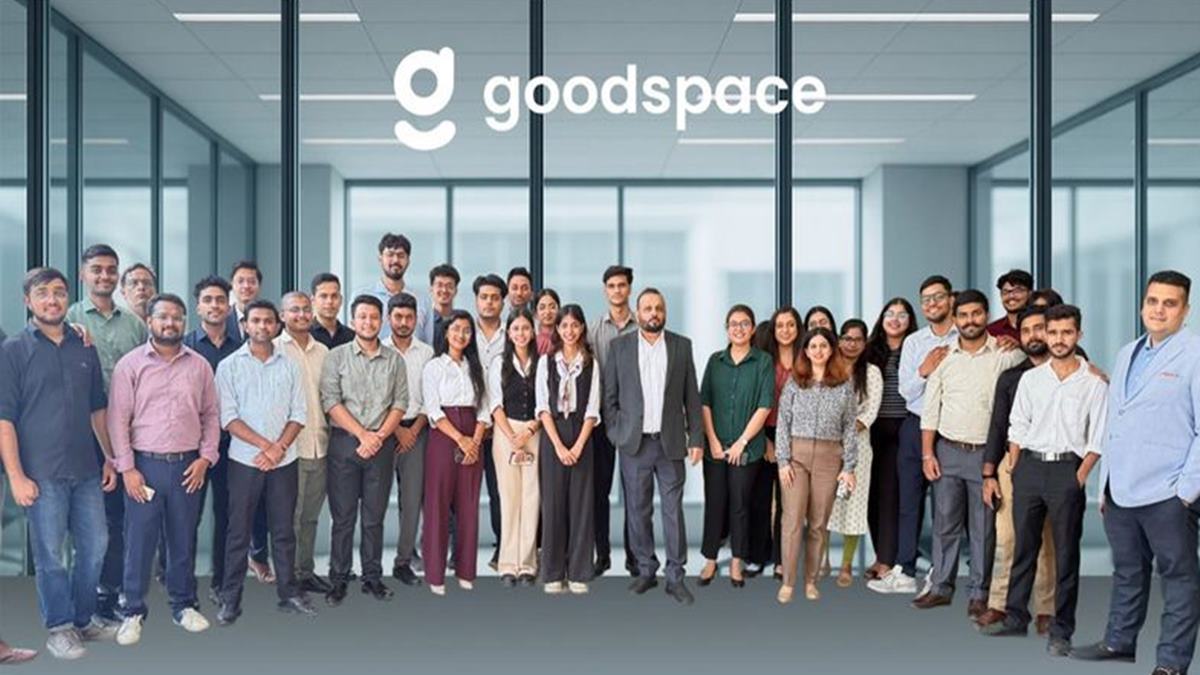Amid the galloping cost of living, urban professionals are caught in a dilemma — to either stay back in their current jobs or move on. As they struggle to keep pace with rising rents, childcare, and lifestyle costs, more employees across sectors are questioning whether their current roles are financially sustainable.
This trend cuts across industries. Even in traditionally high-paying sectors like finance and accounting, professionals are beginning to look elsewhere for better pay. According to the latest India Talent Trends 2024 report by ACCA, 65 per cent of respondents expressed dissatisfaction with their current compensation, and nearly half believe the only way to improve their salary is to leave their current organisation.
This is especially true in cities such as Bengaluru, Mumbai, and Delhi, where cost of living has soared. “Candidates today evaluate offers not just against market benchmarks, but also about real-world expenses like rent, childcare, and education,” says Anshuman Das, CEO and co-founder of Careernet.
Heightened urgency
While salary has always been a key factor in job changes, the urgency has heightened in recent years. Beyond finance, the tech sector has seen wage stagnation following the hiring boom of 2021-22. In banking and financial services, professionals are increasingly shifting to fintech firms and global capability centers (GCCs) that offer better pay for similar skill sets, Das adds.
The pressure is not limited to white-collar professionals. According to Prakhar Tripathi, Partner, Deloitte India, 35-40 per cent of exit interviews reveal that cost-of-living pressures, often coupled with stagnant pay, limited city allowances, or lack of relocation support, are driving attrition. The impact is even more pronounced among blue- and grey-collar workers in metros, where rent increases have far outpaced wage growth. The strain is also visible in the growing reluctance to relocate. “About 69 per cent of employees cite both the monetary challenges and the emotional, practical demands of moving to expensive metros as reasons for staying put,” Tripathi notes.
This financial stress is influencing hiring patterns, too. Over the past three years, the share of job postings on Indeed that include salary information has nearly doubled, from 26 per cent in March 2022 to 50 per cent in early 2025, according to its PayMap survey. LinkedIn’s job outlook for 2025 echoes the sentiment. For 53 per cent of Indian professionals, salary is the top deciding factor when applying for a job, and 1 in 3 are willing to switch jobs for better pay.
“As job security becomes a priority, professionals are becoming more vocal about their needs and aren’t afraid to take the plunge,” says Nirajita Banerjee, LinkedIn Career Expert and India Senior Managing Editor.
Even as cities offer better opportunities, professionals are reassessing their value equation. “The salary dynamics are shifting,” notes Sashi Kumar, Head of Sales, Indeed India. “Employees are increasingly prioritising cities where compensation aligns with both cost of living and career potential.”
Cautious job switched with macro-level turbulence
At the macro level, the job market remains turbulent, marked by global uncertainty, geopolitical tensions, and a prolonged funding winter. Hiring remains cautious across sectors, and while job switches have slowed, salary dissatisfaction continues to linger, says Das. “Attrition has been high over the past 12-18 months. In sectors like consulting, we’re seeing churn especially at the mid-level, where professionals are more aware of market benchmarks and quicker to explore new roles if expectations aren’t met,” he adds.
Early-career professionals, while open to new opportunities, typically have less leverage in salary negotiations, making mid-level employees the more mobile cohort.
In response, companies are slowly evolving their compensation frameworks. “Rewards are no longer tied to tenure, but to how directly a skill impacts business outcomes,” says Das. While many IT firms earlier ignored cost-of-living adjustments, some are now building these into pay structures. “The inclusion of cost-of-living adjustment clauses allows companies to better respond to inflationary pressures,” Tripathi adds.
Looking ahead, the average salary increment in India is projected at 8.8 per cent in 2025, with about 75 per cent of companies maintaining increases at 2024 levels, according to Deloitte. The most competitive hikes are expected in energy, infrastructure/real estate, and automobile manufacturing (10 per cent average), followed by E-commerce, pharmaceuticals, and chemical manufacturing. Technology consulting and telecom, however, are expected to offer the lowest increments.
In this shifting environment, salary transparency is emerging as a competitive advantage. “Jobseekers increasingly expect upfront clarity on pay,” says Kumar. “Employers who offer it are better positioned to attract, engage, and retain the right talent.”




















